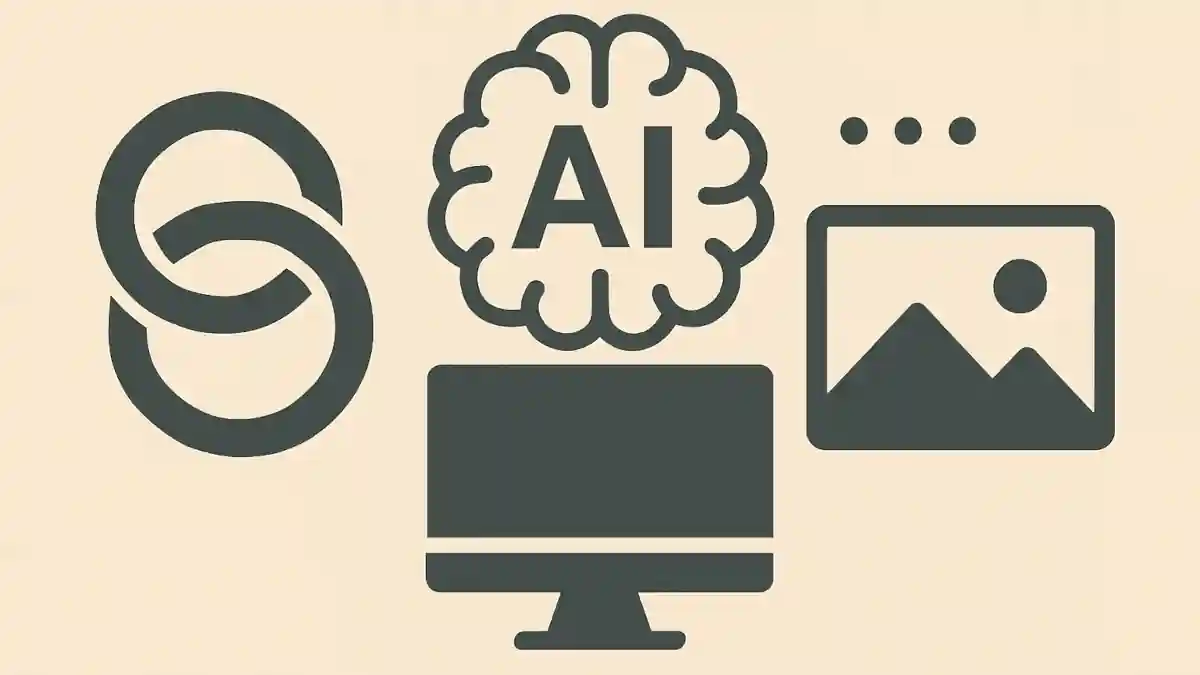Gemini 2.5 introduces a set of powerful, practical features that can seriously upgrade how you work, create, and build with AI. These lesser-known features can help you get more done in ways you probably didn’t expect.

1. Natural Language Understanding (NLU)
Feature: Ability to interpret and comprehend human language, including nuances, context, and intent.
Real-world Applications
- Customer Service Chatbots: Understanding customer queries to provide accurate and helpful responses, resolving issues more efficiently.
- Sentiment Analysis: Analyzing social media, reviews, or feedback to gauge public opinion about products, services, or events.
- Information Extraction: Identifying and extracting specific data points (e.g., names, dates, locations) from unstructured text, useful for research, legal discovery, or business intelligence.
- Search Engines: Better understanding user search queries to deliver more relevant results.
2. Natural Language Generation (NLG)
Feature: Ability to produce human-like text in various styles and formats.
Real-world Applications
- Content Creation: Generating articles, blog posts, marketing copy, product descriptions, and social media updates, saving time and resources for businesses.
- Summarization: Condensing long documents, articles, or reports into concise summaries, aiding in quick information consumption for professionals and students.
- Personalized Communication: Crafting personalized emails, messages, or notifications based on user data, improving engagement for marketing and customer relationship management.
- Report Generation: Automatically generating reports from structured data, such as financial reports, medical summaries, or sports recaps.
3. Code Generation and Understanding
Feature: Ability to write, debug, and understand various programming languages.
Real-world Applications
- Developer Tools: Assisting developers with code completion, bug fixing, and generating code snippets, accelerating software development.
- Educational Tools: Helping aspiring programmers learn new languages and concepts by providing explanations and examples.
- Automated Scripting: Generating scripts for repetitive tasks, improving efficiency in IT operations.
4. Translation
Feature: Ability to translate text between multiple languages.
Real-world Applications
- Global Communication: Facilitating communication between people who speak different languages in business, travel, and personal contexts.
- Localization: Adapting content for different regional and linguistic markets, enabling global reach for businesses.
- Cross-Cultural understanding: Breaking down language barriers in academic research, diplomacy, and cultural exchange.
5. Question Answering
Feature: Ability to directly answer questions based on the information It has been trained on or can access.
Real-world Applications
- Knowledge Bases: Providing instant answers to user questions on websites or internal company portals.
- Educational Support: Assisting students with homework and research by providing explanations and information.
- Technical Support: Answering user questions about products or services, reducing the load on human support agents.
6. Text Editing and Refinement
Feature: Ability to proofread, edit, rewrite, and improve the quality of text.
Real-world Applications
- Writing Assistance: Helping writers improve grammar, spelling, style, and clarity in their documents.
- Content Optimization: Refining content for better readability and SEO performance.
- Copywriting Enhancement: Improving the persuasiveness and impact of marketing and sales copy.
7. Information Retrieval and Synthesis
Feature: Ability to search for and synthesize information from vast datasets to provide comprehensive answers or summaries.
Real-world Applications
- Research Assistants: Helping researchers quickly gather and synthesize information from academic papers, reports, and websites.
- Decision Support Systems: Providing compiled information and insights to aid in business or strategic decision-making.
- Personal Learning: Helping individuals explore new topics and gain a deeper understanding of complex subjects.
8. Multimodal Capabilities
Feature: The ability to process and generate information across multiple modalities, not just text. This includes images, audio, and sometimes even video.
Real-world Applications
- Image Captioning and Generation: Describing images in natural language or generating images from text descriptions (e.g., “a futuristic cityscape with flying cars”).
- Audio Transcription and Generation: Converting spoken language to text and vice versa, or generating realistic voices for various applications.
- Video Analysis: Understanding actions and objects within videos, summarizing content, or generating summaries.
- Accessibility Tools: Creating richer, more inclusive experiences for individuals with disabilities by translating content across modalities (e.g., text-to-speech for web content, image descriptions for visually impaired users).
- Creative Arts: Assisting artists in generating new ideas, creating multimedia content, or even collaborating on projects.
9. Enhanced Reasoning and Problem Solving
Feature: Improving the ability to perform complex reasoning, logical inference, and step-by-step problem-solving. This goes beyond just recalling facts to truly “thinking” through a problem.
Real-world Applications
- Scientific Research: Assisting researchers in hypothesis generation, analyzing complex datasets, and even suggesting experimental designs.
- Medical Diagnostics: Helping clinicians review medical literature, analyze patient data, and identify potential diagnoses or treatment plans.
- Financial Analysis: Processing vast amounts of financial data, identifying trends, and assisting in making informed investment decisions.
- Legal Research: Sifting through legal documents, identifying precedents, and summarizing complex cases.
- Educational Tutors: Providing more sophisticated explanations, breaking down complex concepts, and guiding students through problem-solving processes.